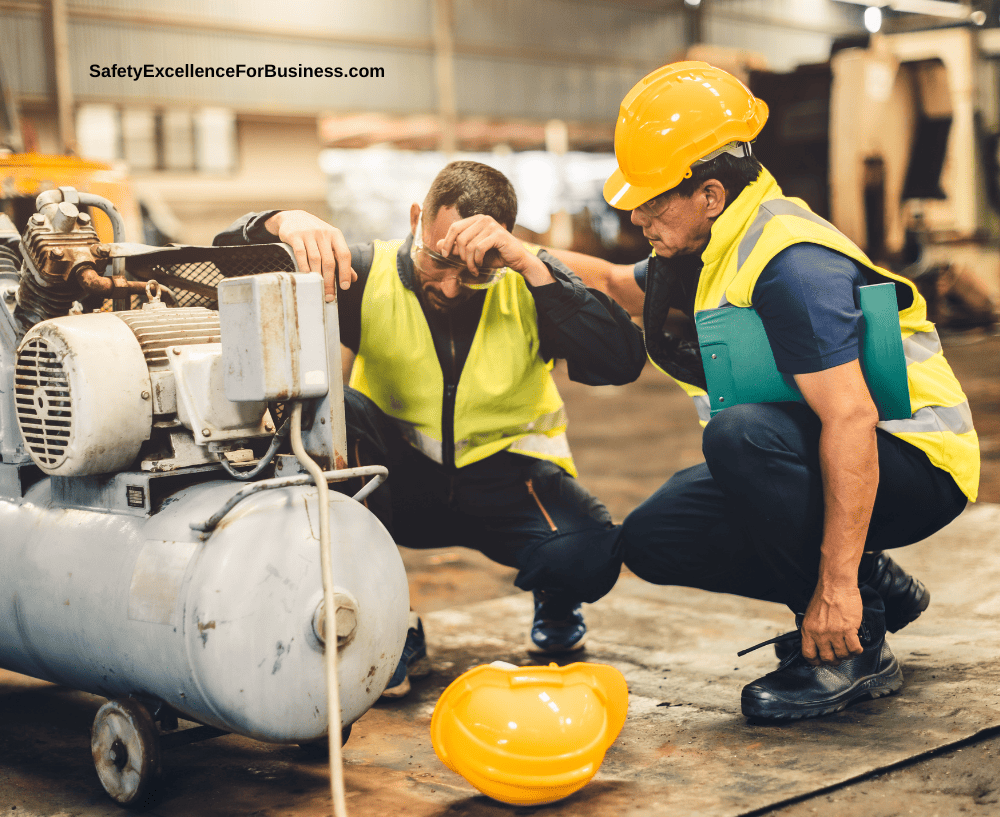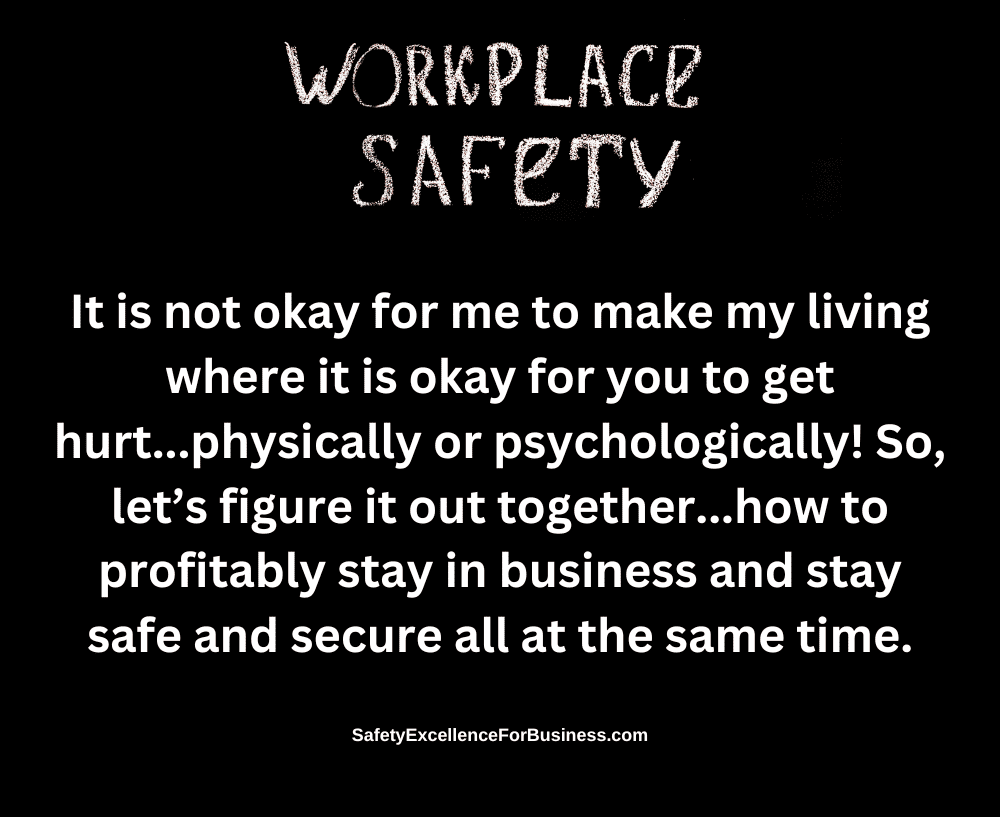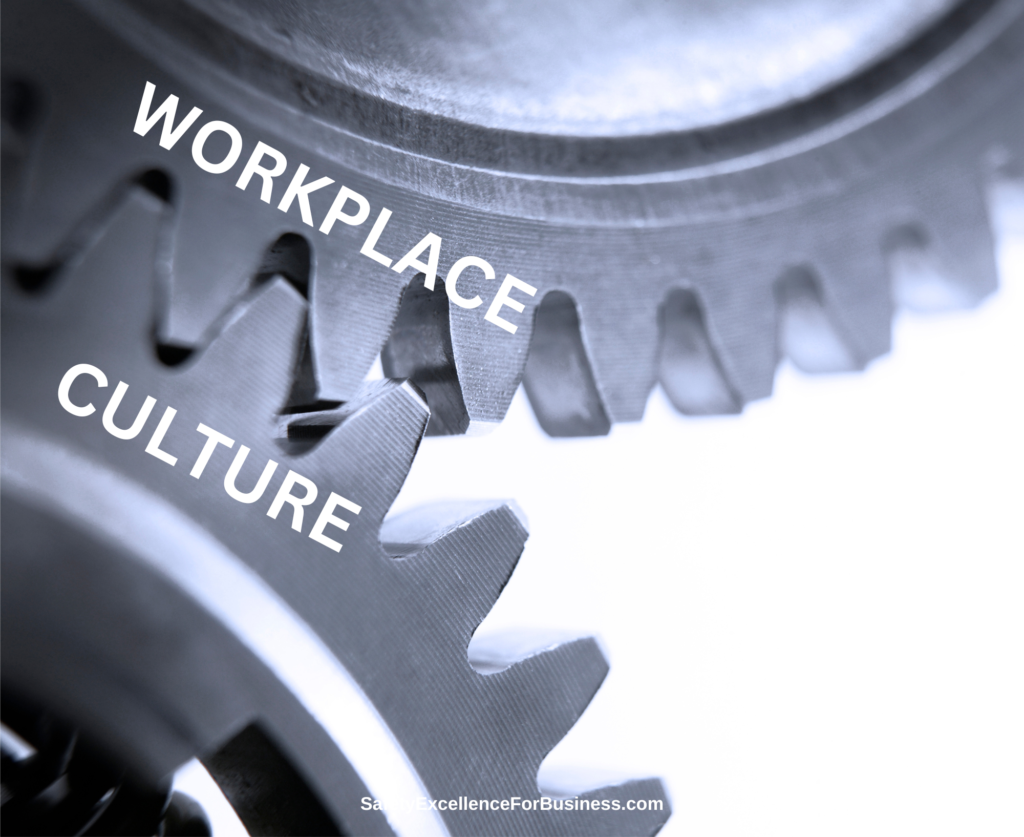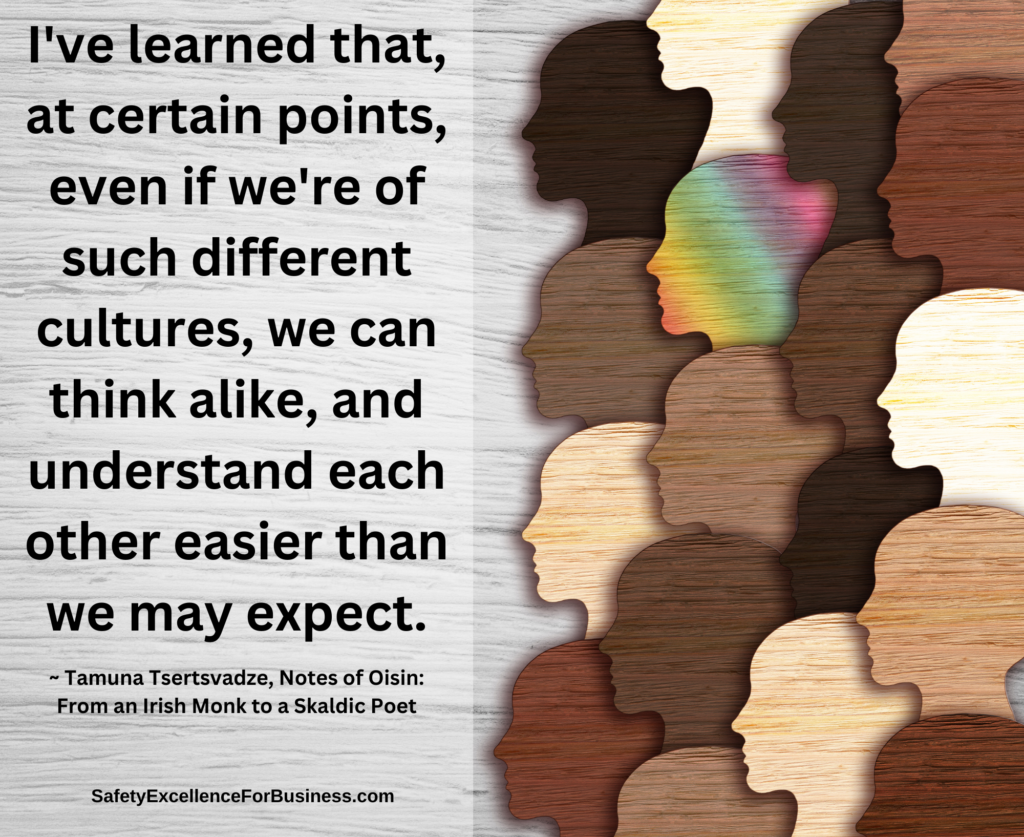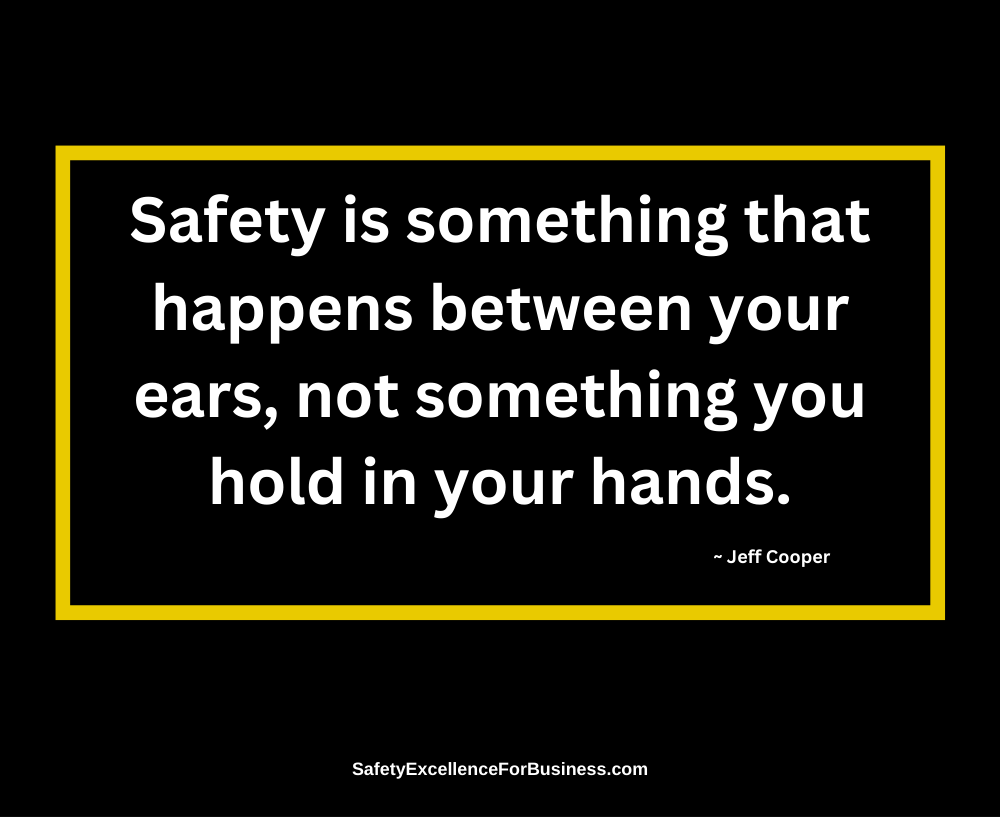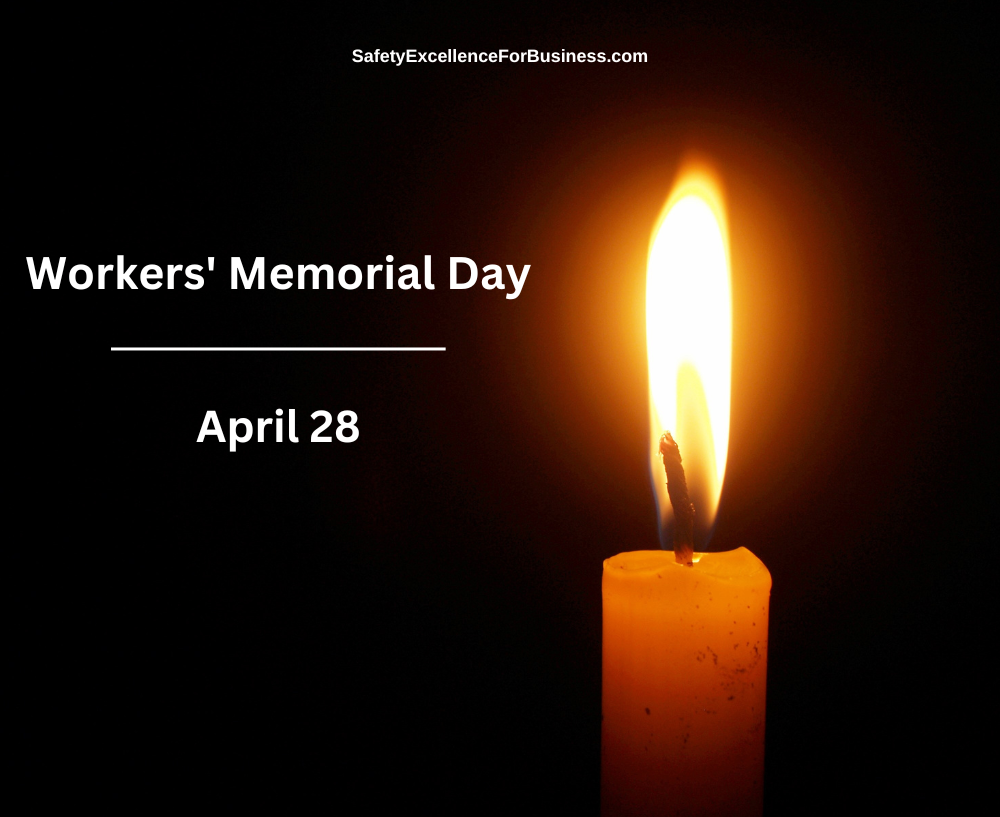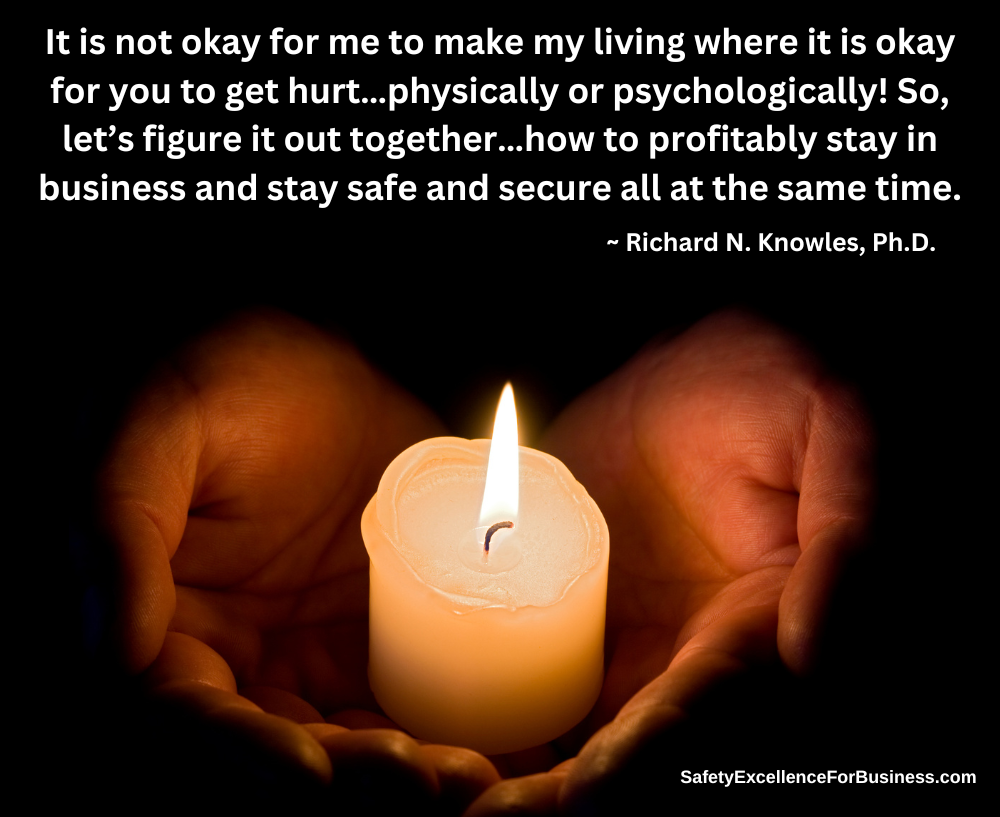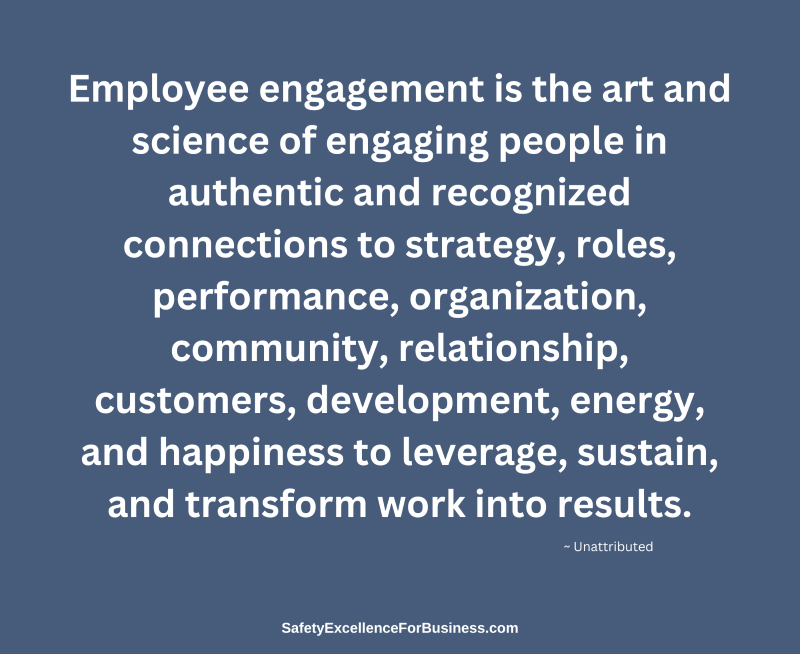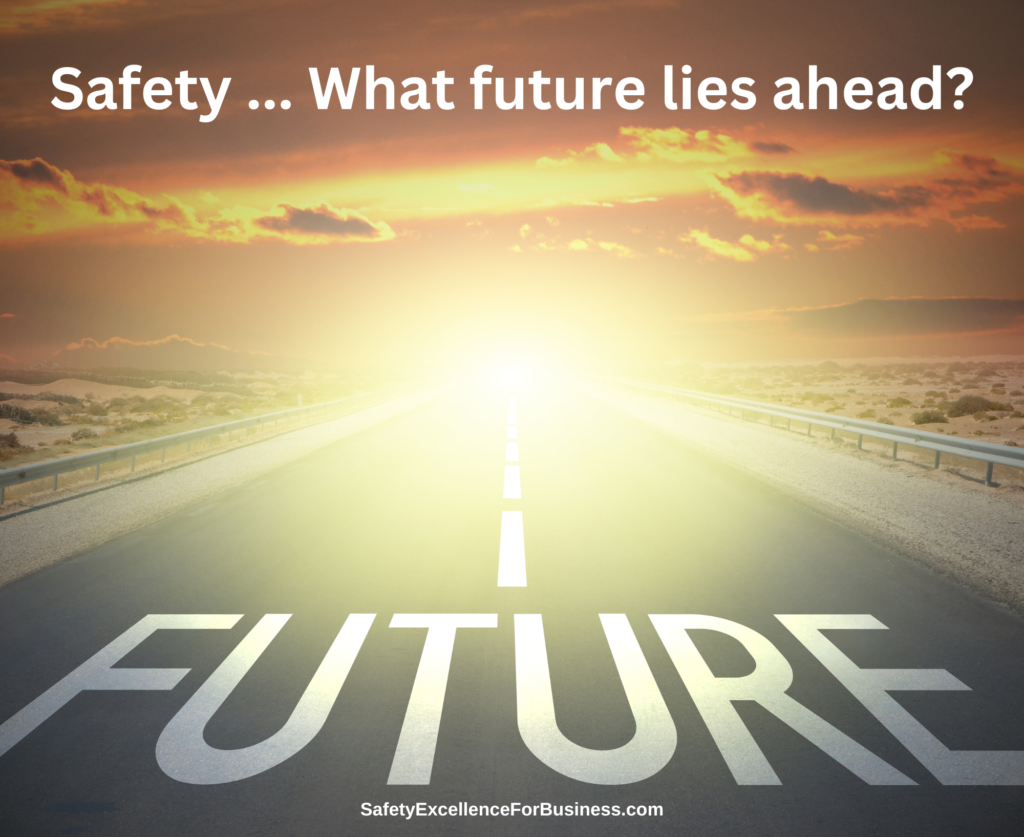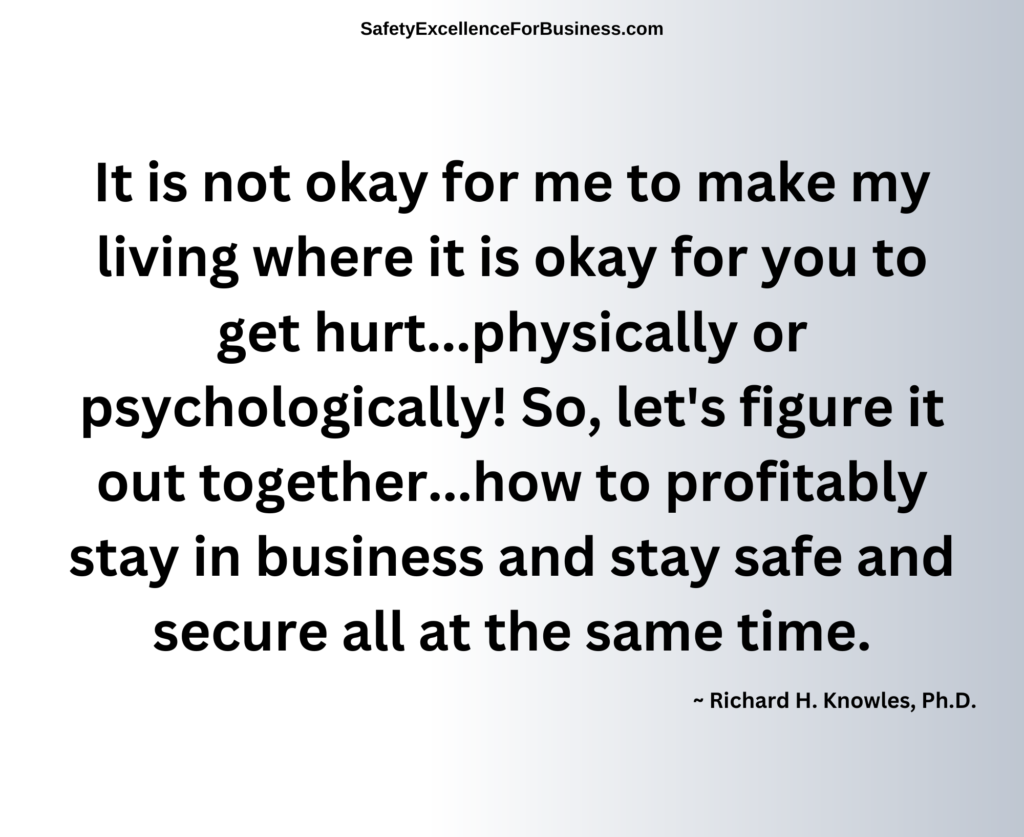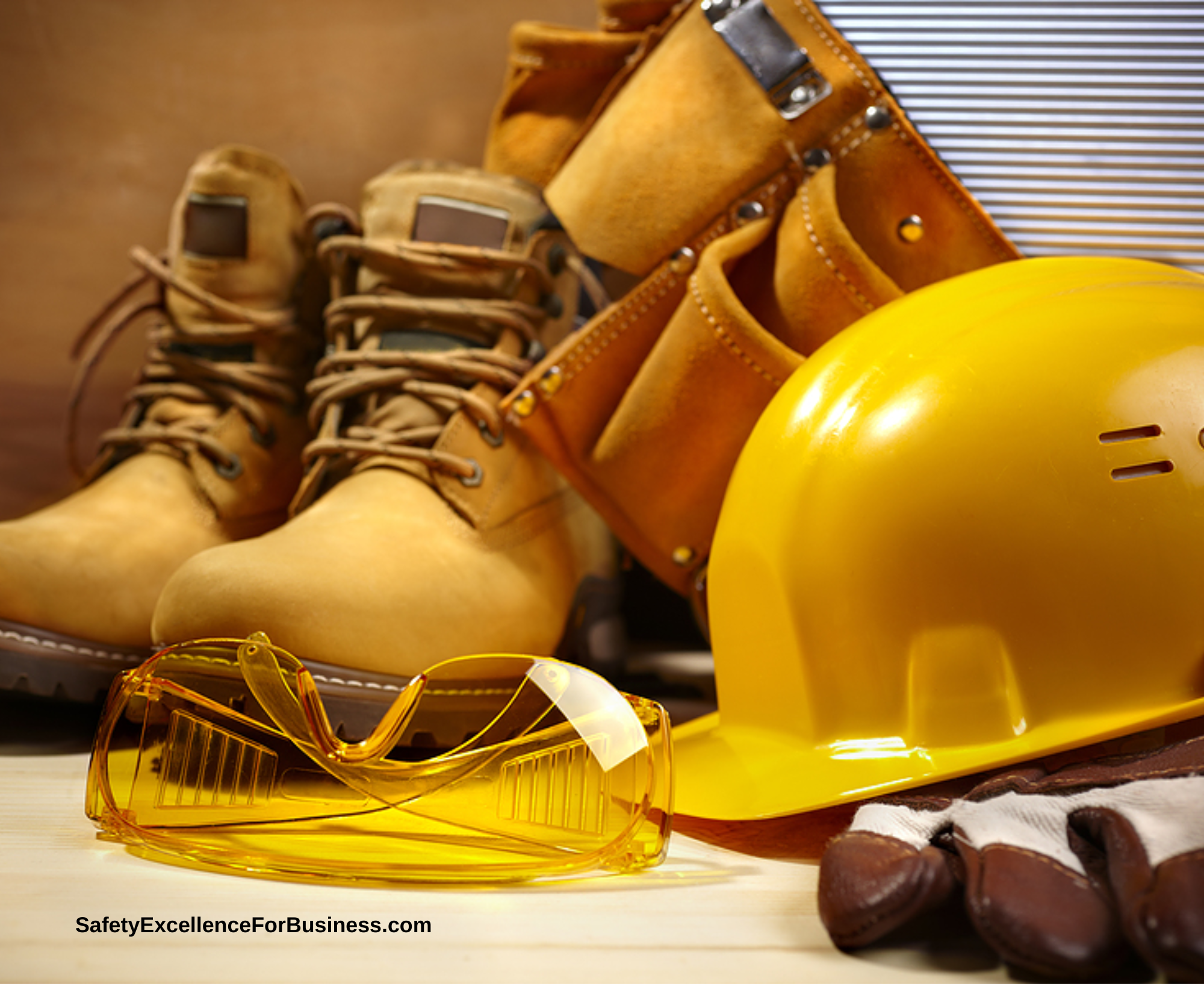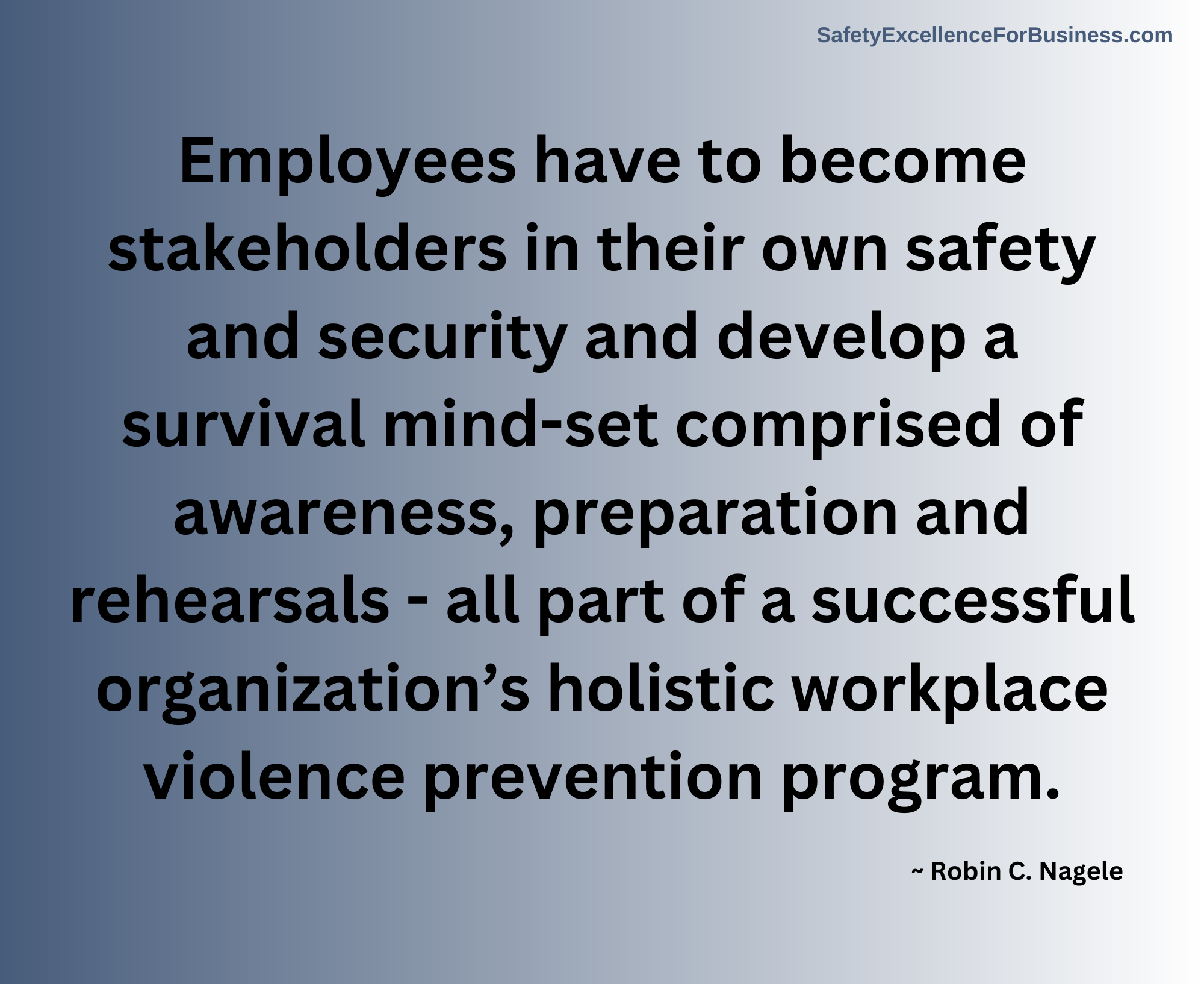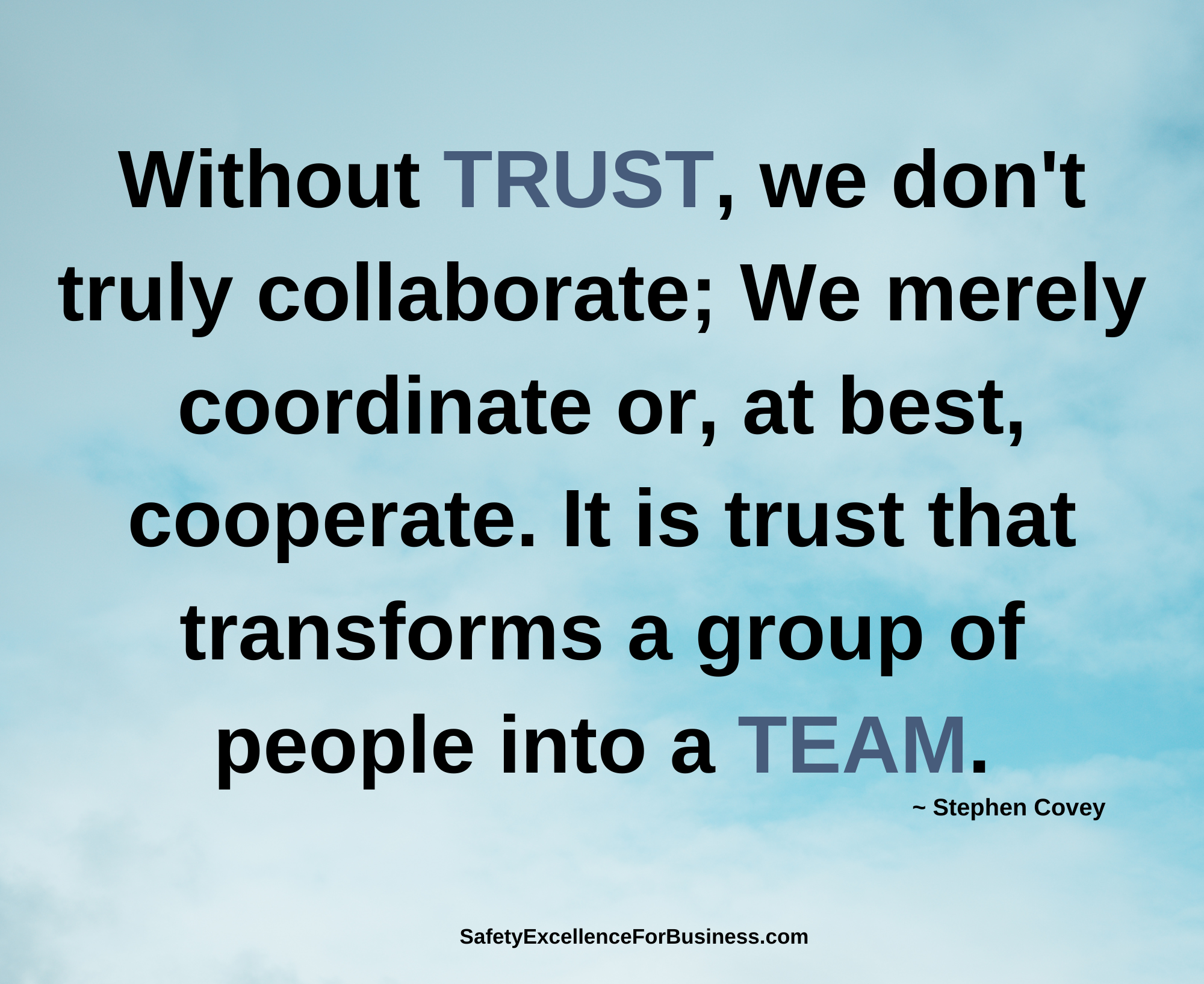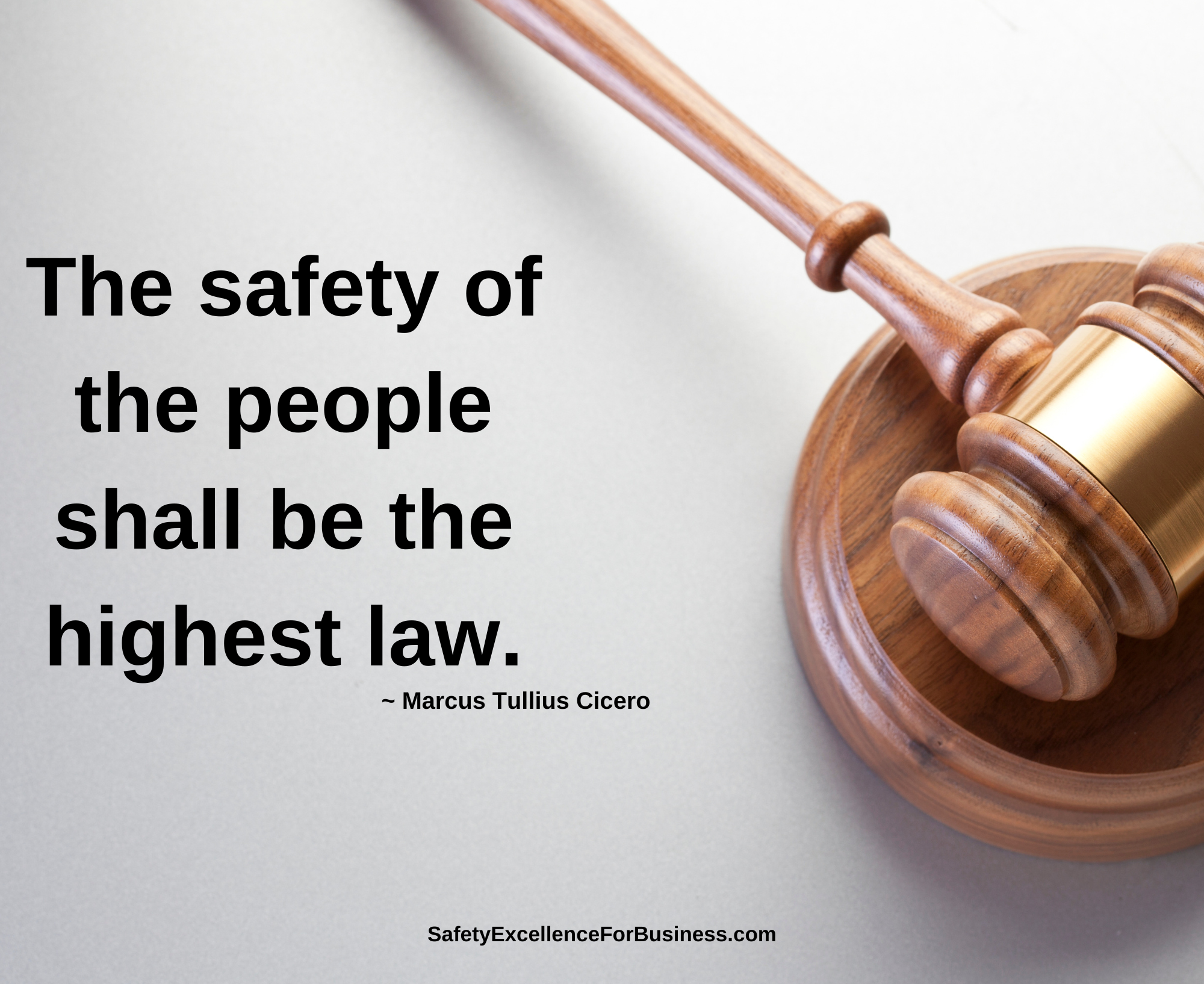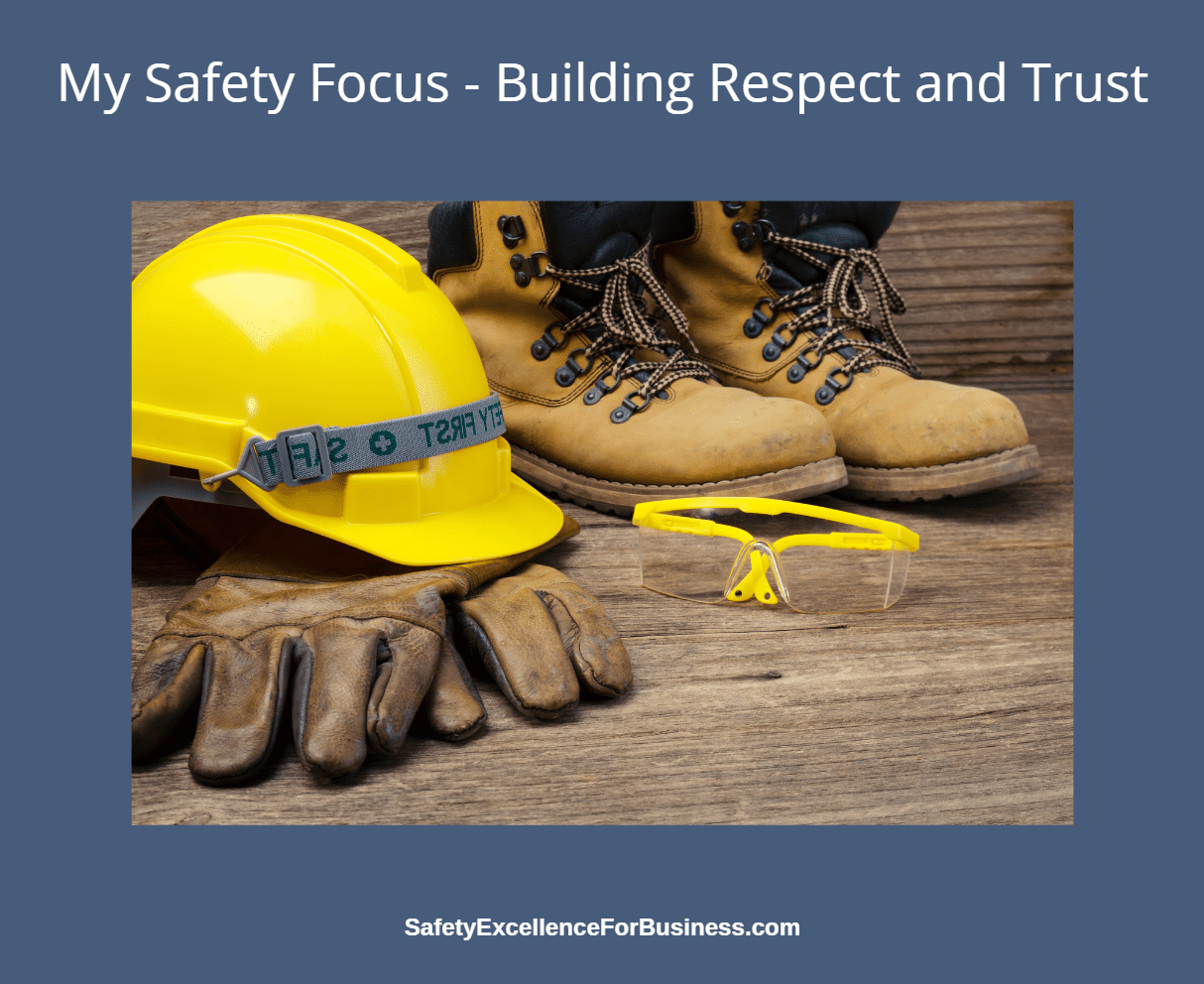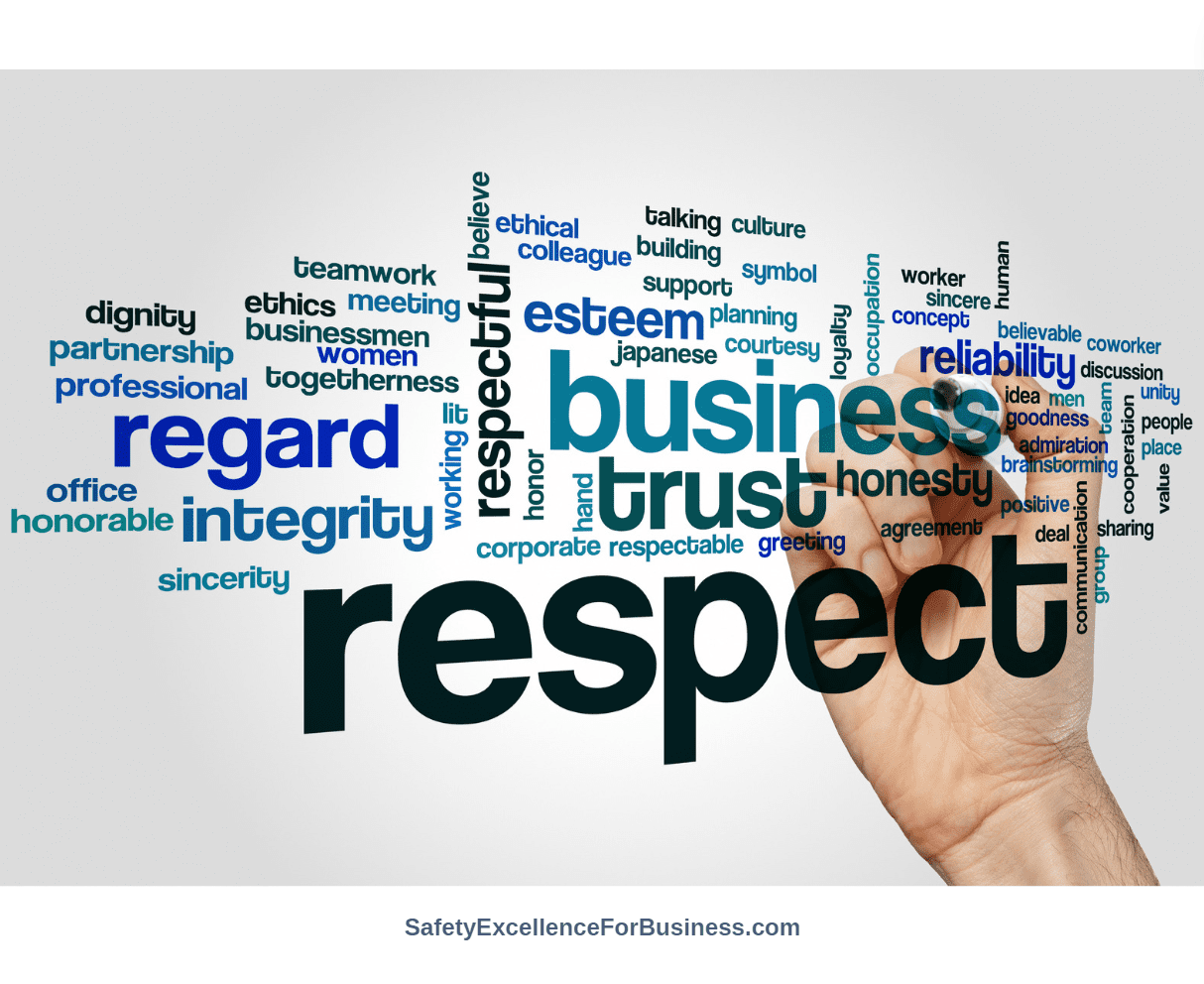It is a nice exclamation mark on my day when I’m asked to participate in a blog-talk radio show on topics I’m passionate about: Safety and Security in the Workplace.
On October 2nd, I was interviewed on Close Up Radio by host Jim Masters.
Below is the gist of the broadcast, and while everyone has a crucial and personal role in workplace safety and security, leaders have an even higher level of responsibility and accountability.
Consider this: Employees in the public and private sector are extremely apprehensive about workplace violence. Over the years many incidents of terrible injuries and fatalities have occurred from active shooters and other homicides which has become shockingly all too common. Whether physical, psychological, or sexual, workplace violence is a major concern for employers and employees. We are all entitled to a safe and secure workplace – All of us! The responsibility for preventing these tragic occurrences falls directly on the leaders who must adopt a different mindset and decide on the best approach to commit to the business and their people.
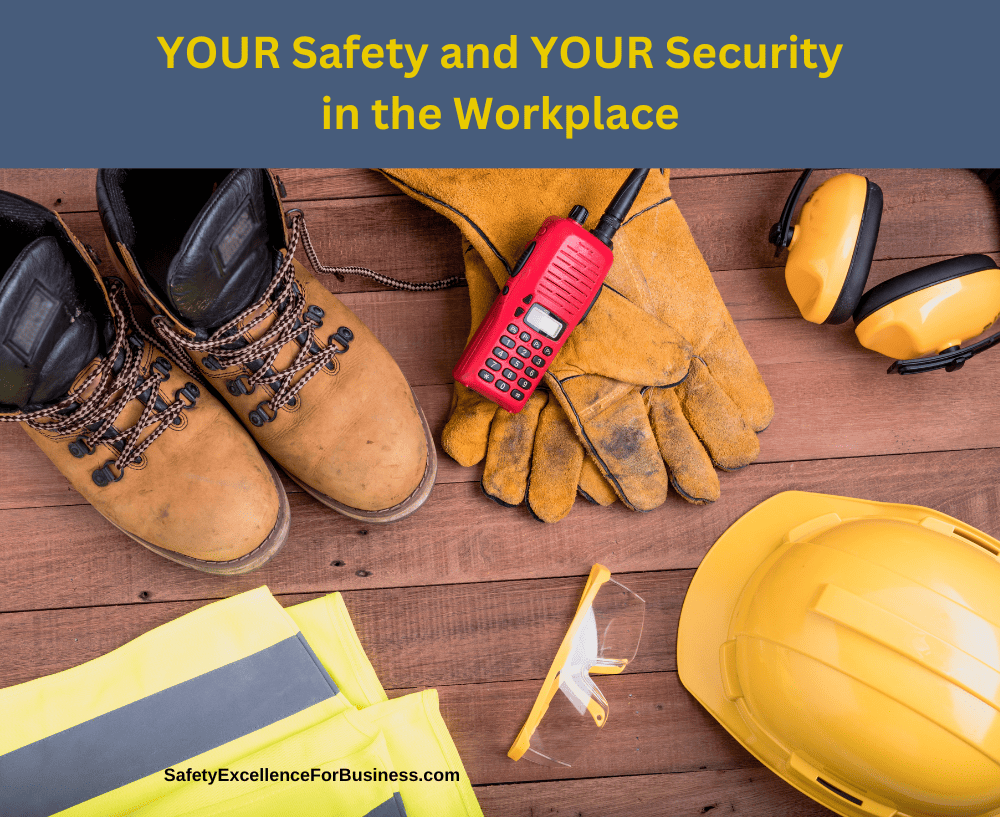
I shared that leaders play a critical role in creating and maintaining a healthy work culture. Leaders need to lead by example in creating a supportive and inclusive environment. That is why in my previous work as a plant manager in chemical plants and now, as we consult (Nagele, Knowles and Associates), we prepare leaders to improve employee engagement and retention. Because an intentional, highly engaged workplace results in employee satisfaction where a sense of community is established, and the business and the people thrive.
Respect is one of the most important traits in the workplace because it creates a positive work culture, promotes teamwork, productivity, and collaboration. Treating people with courtesy and kindness should be the standard in any workplace. Examples of respect in the workplace include listening to one another’s opinions and conversing with an open mind so we build nurturing relationships. It is also about insisting on good behavior across the board – codes of conduct and respectful workplace policies are necessary for eliminating dysfunctional workplace behaviors like bullying, and harassment of all kinds.
Respect is essential for leaders to build connections.
Leaders are in charge of making certain that all employees feel valued and that each has voice, so they feel like part of the team.
How leaders and workers treat each other by interacting respectfully is critical. Effective leaders model this behavior and set the example resulting in more respect being shown by employees. It becomes a genuinely good place to work with increased job satisfaction where employees work well together and stay productive, boosting the company’s bottom line. Foster a culture of respect and you will create a safe working environment where they will feel emotionally safer, happier, even in these challenging times.
If you’d like to hear the broadcast in its full form, here is the link.

